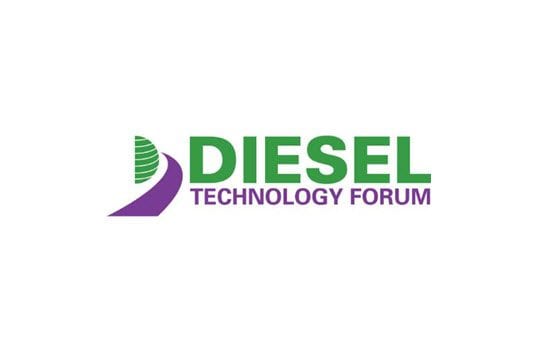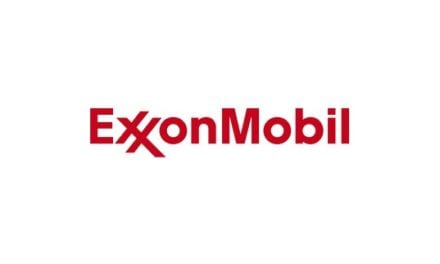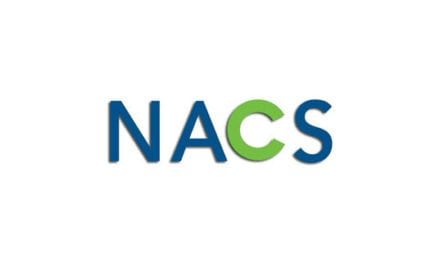Clean diesel technology is the best choice for mitigating NOx emissions in the U.S. as part of the Volkswagen Environmental Mitigation Trust, according to the nonprofit education association Diesel Technology Forum.
In a presentation at the 2017 Energy Policy Outlook Conference hosted by the National Association of State Energy Officials (NASEO), Ezra Finkin, the Policy Director for the Diesel Technology Forum, highlighted why clean diesel technology is the best and most cost-effective choice for the immediate mitigation of NOx emissions.
“As states develop spending plans for their portion of the $2.7 million Environmental Mitigation Trust, replacing or upgrading the oldest and largest engines with clean diesel technology is the fastest and most proven way to reduce NOx emissions and achieve the objectives of the settlement,” Finkin said.
The $14.7 billion settlement reached between VW, the Attorney General and the Department of Justice includes the Environmental Mitigation Trust designed to repower or replace older heavy-duty vehicles and equipment with new technology to reduce NOx emissions. Public and private fleet vehicles are eligible for funding under the program.
Near-Zero Diesel Engines Most Cost-Effective Way to Achieve Settlement Goals
“New clean diesel engines are near-zero in NOx emissions and are the most cost-effective solution in reducing emissions to meet the specific goals established in the Trust,” said Finkin. “For a fixed investment, more NOx can be reduced through investments in clean diesel technology than any other alternative, including natural gas and all-electric applications.
“A collateral benefit for many of these engine upgrades is immediate reductions in particulate emissions, greater fuel efficiency and lower CO2 emissions. While not primary objectives of the settlement, policymakers should take into consideration these additional and immediate benefits from the clean diesel options.”
New Diesels Can Reduce One Ton of NOx for as Little as a $13,000 Investment
A recent report issued by the U.S. Department of Transportation (DOT) confirms that one ton of NOx emission reductions can be achieved by investing between $13,000 – $77,000 in a new diesel engine in a variety of commercial vehicles. Contrastingly, one ton of NOx emissions can be achieved by an investment in $1.4 million in electric vehicle charging infrastructure.
“While investments in diesel technology are more cost-effective, these investments do not rely on costly and sometimes non-existent fueling infrastructure,” said Finkin.
“The biggest and fastest clean air benefits for many communities would come from replacing the biggest and oldest engines,” continued Finkin. “According to a recent report from the U.S. Environmental Protection Agency (EPA), replacing engines that power locomotives, tug boats and ferries deliver enormous clean air benefits. Replacing a single pre-2000 model year tug boat engine with a new clean diesel model that meets the strict near-zero NOx emissions standard (Tier 4) will remove 96,000 pounds of emissions. That is equivalent to replacing 74,000 gasoline passenger cars with all-electric models.
“States looking to minimize administrative burdens of the Trust will recognize the inherent efficiencies of managing a few large engine or heavy-duty truck projects compared to what could be hundreds of projects to achieve the same emissions reductions,” said Finkin.









